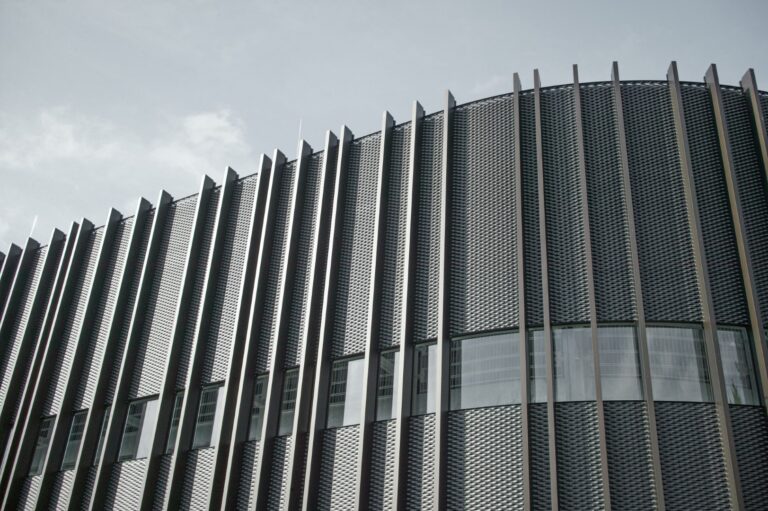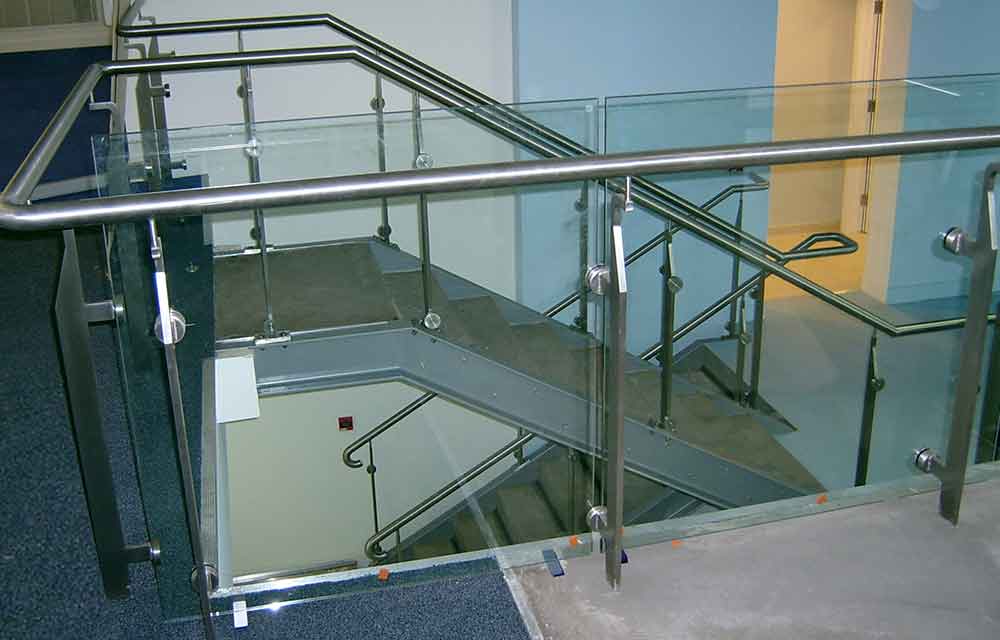In the expansive world of architecture, the term metal etching is often heard but not always understood. So, what is metal etching in architectural fabrication? This article aims to shed light on this intricate process and its vital role in shaping modern architecture. Metal etching involves the removal of material from the surface of a metal using chemical processes, allowing architects and designers to create intricate patterns and designs. This process is critical in architectural fabrication, where precision and aesthetics are paramount.

Understanding Metal Etching
Metal etching is a technique that has been around for centuries, originally used for embellishing armor and weaponry. Today, it plays a significant role in architectural fabrication. The process uses acids or other chemicals to remove layers from the metal surface, resulting in detailed designs. This method allows for flexibility and creativity, making it a favorite among architects who wish to incorporate unique designs into their projects.
The Process of Metal Etching
Preparation
Before etching begins, the metal surface must be thoroughly cleaned to remove any impurities that may affect the etching quality. This step is crucial as any dust or grease can interfere with the etching process, leading to substandard results.
Masking
Once the metal is clean, a protective coating called a resist is applied to the areas of the metal that are not to be etched. This resist can be applied manually or using a photoresist process, which is common in architectural applications for its precision.
Etching
After masking, the metal is exposed to the etching solution. The solution reacts with the unprotected areas of the metal, removing the material and creating the desired design. The duration of exposure and the concentration of the etching solution can be adjusted to achieve different depths and details.
Finishing
Once the etching is complete, the resist is removed, and the metal is cleaned to reveal the final design. Additional finishing steps might include polishing or coating the metal to enhance its appearance and protect it from corrosion.
Applications of Metal Etching in Architecture
Metal etching is used in various architectural applications, from decorative panels and facades to functional elements like metal louvers and signage. Its ability to produce intricate designs makes it ideal for projects that require a high level of detail and customization.
Decorative Panels
Etched metal panels are often used to add visual interest to a building’s exterior or interior. These panels can feature geometric patterns, natural motifs, or even custom artwork, providing architects with endless design possibilities.
Functional Components
Beyond aesthetics, metal etching is also used to create functional components in architecture. For example, etched metal can be used to produce ventilation grilles or screens that are both functional and visually appealing.
Benefits of Metal Etching in Architectural Fabrication
Metal etching offers several advantages in architectural fabrication. Firstly, it allows for high precision and detail, enabling architects to create complex designs that would be challenging to achieve with other methods. Secondly, it provides flexibility in terms of design, as almost any pattern can be etched onto metal. Lastly, metal etching is a cost-effective method for producing customized architectural elements.
Challenges in Metal Etching
Despite its benefits, metal etching does present some challenges. The process requires careful handling of chemicals and precise control to avoid over-etching. Additionally, ensuring uniformity and consistency across large surfaces can be difficult, especially when working with intricate designs.
Materials Used in Metal Etching
Various metals can be etched, including stainless steel, aluminum, copper, and brass. Each metal offers different characteristics and aesthetics, allowing architects to choose the best material for their specific project needs.
Stainless Steel
Stainless steel is a popular choice for etching due to its durability and resistance to corrosion, making it ideal for both indoor and outdoor applications.
Aluminum
Aluminum is lightweight and easy to work with, making it suitable for large panels or components where weight is a consideration.
Copper and Brass
Copper and brass are often chosen for their warm tones and ability to develop a natural patina over time, adding character to architectural designs.
Future Trends in Metal Etching
As technology advances, metal etching is evolving with new techniques and materials. For instance, laser etching is gaining popularity for its precision and ability to work on a variety of metals. Additionally, sustainable practices are being integrated into the etching process, reducing the environmental impact of chemical use.
Conclusion
Metal etching is an indispensable technique in architectural fabrication. It combines the precision of modern technology with the creativity of artistic design, enabling architects to transform metal into stunning architectural elements. Whether for decorative purposes or functional components, metal etching continues to push the boundaries of what’s possible in architecture.

FAQs
What metals can be used for etching?
Common metals used for etching include stainless steel, aluminum, copper, and brass. Each offers unique properties suited for different architectural applications.
How does metal etching affect durability?
Metal etching, when done properly, does not significantly affect the durability of the metal. In fact, it can enhance the surface by adding protective coatings after etching.
Is metal etching environmentally friendly?
While traditional etching processes can involve harmful chemicals, advancements in technology are leading to more sustainable practices, such as using eco-friendly solutions and reducing waste.
For more information on architectural metal fabrication, you can visit All Metals Fabrication.
This article contains affiliate links. We may earn a commission at no extra cost to you.

